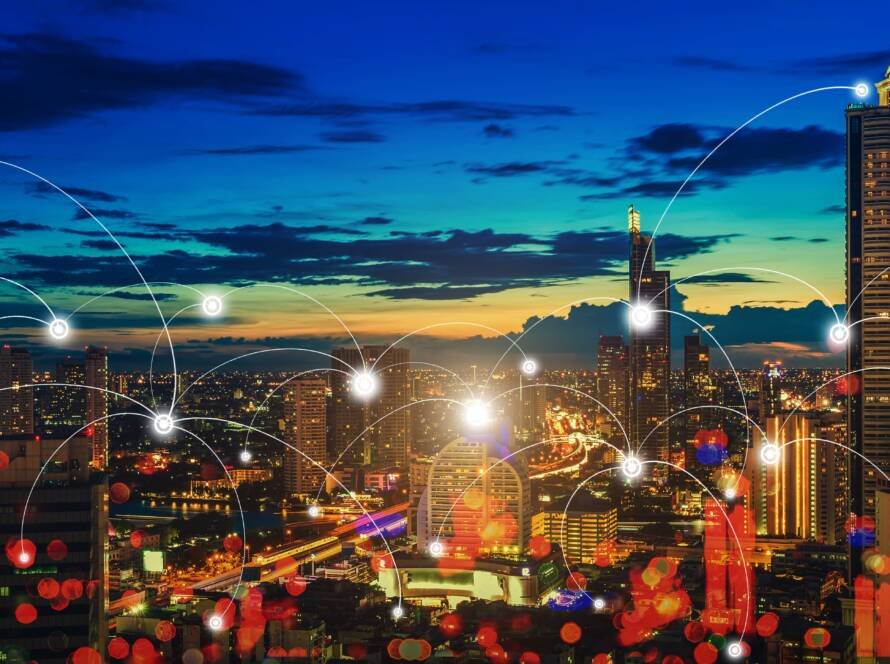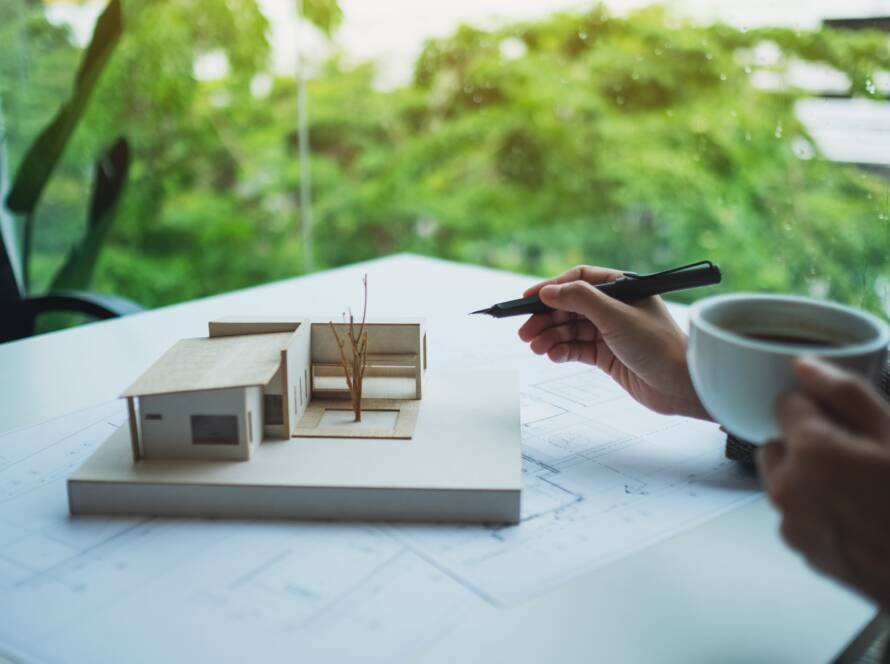The global push for sustainable construction has led to the emergence of net zero energy buildings, revolutionizing the way we approach building design and energy consumption. Net zero energy buildings strive to achieve a delicate balance between energy efficiency and renewable energy generation, resulting in buildings that produce as much energy as they consume over a defined period. In this blog article, we will explore the concept of net zero energy buildings, discuss their significance in the realm of sustainable construction, and highlight key strategies for achieving this remarkable feat.
Highlights
Understanding Net Zero Energy Buildings: To grasp the essence of net zero energy buildings, it is essential to understand the core concept and principles behind them. This section will delve into the definition of net zero energy, explain the metrics used for measurement, and highlight the holistic approach required to achieve such buildings. By providing a comprehensive understanding of net zero energy buildings, readers can appreciate their significance in reducing carbon emissions and combating climate change.
Energy-Efficient Design Strategies: Energy efficiency forms the foundation of net zero energy buildings. This section will explore various design strategies that architects and engineers employ to optimize energy performance. Topics covered will include passive design techniques, effective insulation, advanced glazing systems, efficient lighting and appliances, and smart controls. By implementing these strategies, buildings can significantly reduce energy demand and pave the way for net zero energy goals.
On-Site Renewable Energy Generation: Generating renewable energy on-site is a key component of net zero energy buildings. This section will discuss the integration of renewable energy technologies such as solar photovoltaics, wind turbines, geothermal systems, and biomass energy. It will highlight the importance of evaluating site-specific conditions and optimizing energy production to meet or exceed the building’s energy consumption. Successful case studies showcasing innovative renewable energy solutions will be shared to inspire readers.
Energy Monitoring and Management: Continuous monitoring and intelligent management systems play a crucial role in achieving and maintaining net zero energy performance. This section will explore the significance of real-time energy monitoring, data analytics, and building automation systems. By monitoring energy consumption patterns, identifying areas of inefficiency, and implementing energy-saving measures, building operators can fine-tune performance and ensure ongoing energy optimization.
Life Cycle Assessment and Embodied Energy: Net zero energy buildings go beyond operational energy to consider the embodied energy of materials and construction processes. This section will discuss the importance of life cycle assessment (LCA) in evaluating the environmental impact of building materials, construction methods, and operational practices. It will also explore strategies for reducing embodied energy, such as using recycled materials, optimizing construction techniques, and considering circular economy principles.
Benefits and Challenges of Net Zero Energy Buildings: This section will provide an overview of the benefits and challenges associated with net zero energy buildings. Benefits include reduced carbon footprint, lower energy costs, improved occupant comfort, and enhanced resilience. However, challenges such as high upfront costs, complex design considerations, and integration of multiple technologies need to be addressed. By understanding both the benefits and challenges, stakeholders can make informed decisions and drive the adoption of net zero energy practices.
Summary
Net zero energy buildings represent a paradigm shift in sustainable construction, demonstrating our capacity to design and construct buildings that positively contribute to the environment. By implementing energy-efficient design strategies, harnessing renewable energy sources, and leveraging advanced technologies, we can pave the way for a future where buildings generate clean energy and minimize their impact on the planet. Net zero energy buildings not only reduce greenhouse gas emissions but also inspire innovation and foster a more sustainable and resilient built environment.




3 Comments
Dorothy
Ut enim ad minim veniam, quis nostrud exercitation ullamco laboris nisi ut aliquip ex ea commodo consequat. Duis aute irure dolor in reprehenderit.
Kevin
Aenean et egestas nulla. Pellentesque habitant morbi tristique senectus et netus et malesuada fames ac turpis egestas.
Roxy
Lorem ipsum dolor sit amet, consetetur sadipscing elitr, sed diam nonumy eirmod tempor invidunt ut labore et dolore magna aliquyam erat, sed diam voluptua.
Comments are closed.